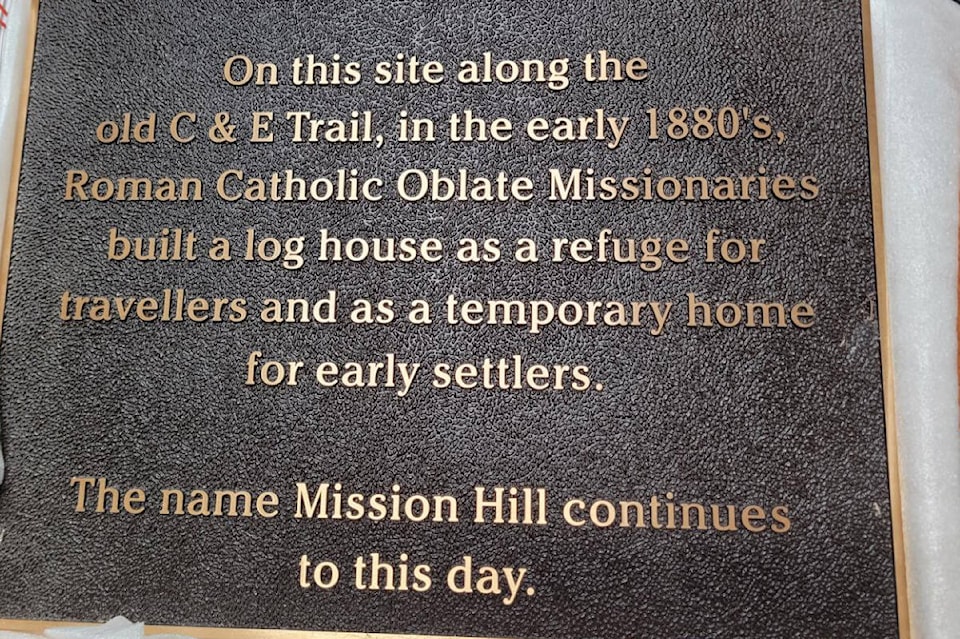A plaque will be installed next to the C&E Trail south of Red Deer to recognize the former site of a stop for traveller and missionaries at Mission Hill.
The plaque will be located next to the C&E Trail about 10 km southwest of Red Deer County Centre, which is located just west of Highway 2 opposite 32nd Street.
In the 1880s, Fathers Albert Lacombe and Constantine Scollen built a log house on a small hill along the Calgary-Edmonton Trail. It was meant to serve as a centre for missionary activity in central Alberta and an overnight stop for missionaries, freighters and other travellers and to serve as a temporary home for settlers.
While the log house built by Scollen, who was born in Ireland and a brother with Roman Catholic Missionary Oblates of Mary Immaculate, is long gone, the name Mission Hill has remained and a nearby subdivision is named for it. In 2005, Catholics celebrated their 100-year presence in the area at Mission Hill.
Red Deer historian Michael Dawe wrote in the Red Deer Advocate that it was likely Scollen who built the log house on the trail that linked Fort Edmonton and Fort Calgary.
After he was ordained, Scollen went to work among the Blackfoot and his house was the first built it what is now Calgary.
While training for the priesthood, he became fluent in Cree, Chippewa (Ojibway), Sarcee, Assiniboine (Stoney) and Blackfoot, in addition to his fluency in Erse, English, French, Italian, German, Greek and Latin.
In 1870, he and Lacombe wrote a dictionary and grammar book in Cree while at Rocky Mountain House.
Scollen was a translator during treaty negotiations. Later, he was a witness for treaties 6 (Plains Cree) and 7 (Blackfoot Confederacy). In 1883, he wrote a Blackfoot dictionary and grammar book and wrote the music for a number of Blackfoot language hymns.
Scollen eventually moved to Saskatchewan and then the U.S., where he continued to work with First Nations peoples and wrote the first publication in Arapaho. He died in Dayton, Ohio at the age of 61.
Area resident and one of the founders of Laebon Homes and former Red Deer Regional Catholic Schools board chair Gord Bontje purchased the marker and on Tuesday county council approved its installation and provided $500.
